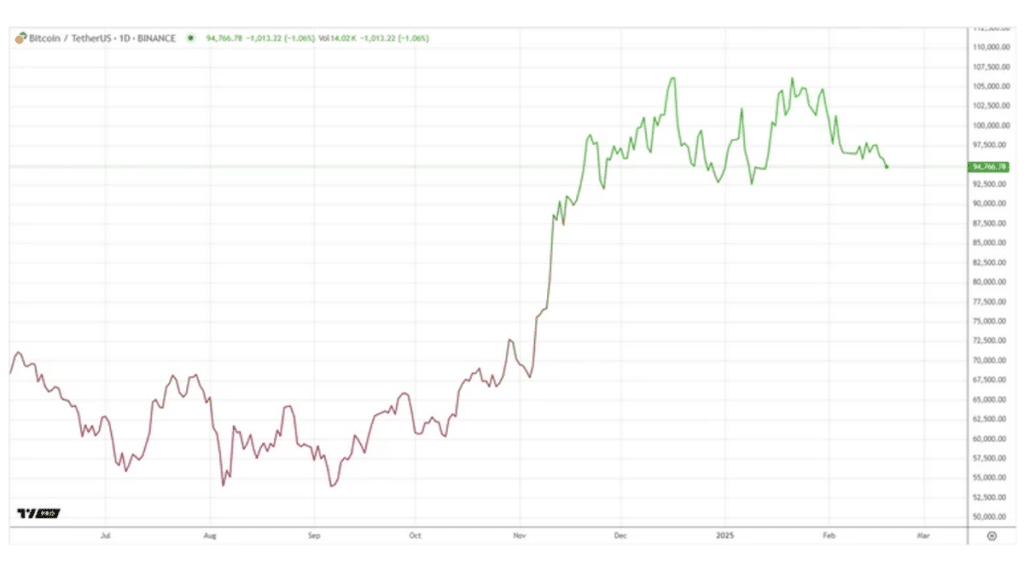In the world of cryptocurrencies, where every transaction can spark discussion, a recent incident involving burning of Ethereum worth more than $1.6 million caused a real stir. An unknown participant in the Ethereum network sent large sums to the “black hole” address (0x0…000), accompanying the transactions with statements about alleged mind control technologies. This case caught the crypto community’s attention and initiated a wave of meme tokens that quickly went viral.
One Ethereum wallet began periodically sending considerable amounts to various funds and blank addresses, that no user can control. These sorts of addresses, known as “null”, are used to burn cryptocurrencies — funds sent there disappear from circulation forever. However, in this case, each transaction was accompanied by messages claiming that Kuande Investments and its executives, Feng Xin and Xu Yuzhi, were using “brain-computer weapons” against their employees, including those who had already quit.
In one of these messages, attached to a transaction block containing 591 Ethereum (with the ETH price at the time valuing it at $1.6 million), the author accused the company’s management of malicious actions, including alleged use of technologies that allow people to control minds. This statement provoked a strong reaction in the crypto community, although its credibility remains questionable.
This is not the first time cryptocurrencies have been burned in protest or to draw attention to a particular issue. There have already been examples in the history of cryptocurrencies when Bitcoin, Ethereum, and even Ripple were sent to “black hole” addresses. For example, in 2017, an unknown user burned 27 Bitcoins (about $500,000 at the time) in protest against the Bitcoin Cash fork. In 2021, a similar case occurred with Ethereum when a user burned 80 ETH to express his disagreement with the network developers’ policies.
Burning cryptocurrencies is a radical way to draw attention to a particular problem, since such actions are irreversible and symbolize the complete abandonment of funds. In this case, the sender of these transactions seems to seek not only attention for their accusations, but also to spur widespread discussion.
After a series of transactions, the wallet that sent the funds were was marked with so-called “crypto dust”. This practice involves sending tiny amounts of cryptocurrency to a wallet to track its activity further. Such methods are often used to monitor suspicious transactions and analyze user behavior on the blockchain.
As is often the case in the crypto community, the event did not go unnoticed by enterprising developers. Almost immediately after the statements about “mind control” gained traction, the Kuande Investments meme token appeared on the Solana blockchain. Despite having no actual connection to the company, the token was created by an independent developer known for small-scale meme projects. Despite the lack of real value, it quickly gained popularity on the Pump.fun platform, increasing in price 50-fold within hours.
Following this, another token, WizardQuant, was launched in the wake of the hype. Both coins showed rapid growth in the first hours after launch, reflecting the trend towards using viral events on social media to create and promote meme tokens, as seen recently with the Trump coin. Such projects frequently arise in response to scandals or unusual events, attracting the attention of speculators and high-risk investors.
Despite the buzz, many experts expressed concerns about the mental health of the individual behind the statements. Such accusations of using mind control technologies are often associated with paranoid ideas or cognitive disorders. However, it is also possible that this was a well-planned provocation aimed at destabilizing Kuande Investments’ reputation.
The burning of millions of dollars worth of Ethereum, along with accusations of “mind control” have become another example of how the crypto community reacts to unusual and provocative events. This case highlights that blockchain is not just a technology but also a social phenomenon, where every transaction can spark debate, and viral events instantly generate new trends. However, behind the hype and meme tokens, serious issues emerge — ones that may require careful analysis and, perhaps, professional intervention.
